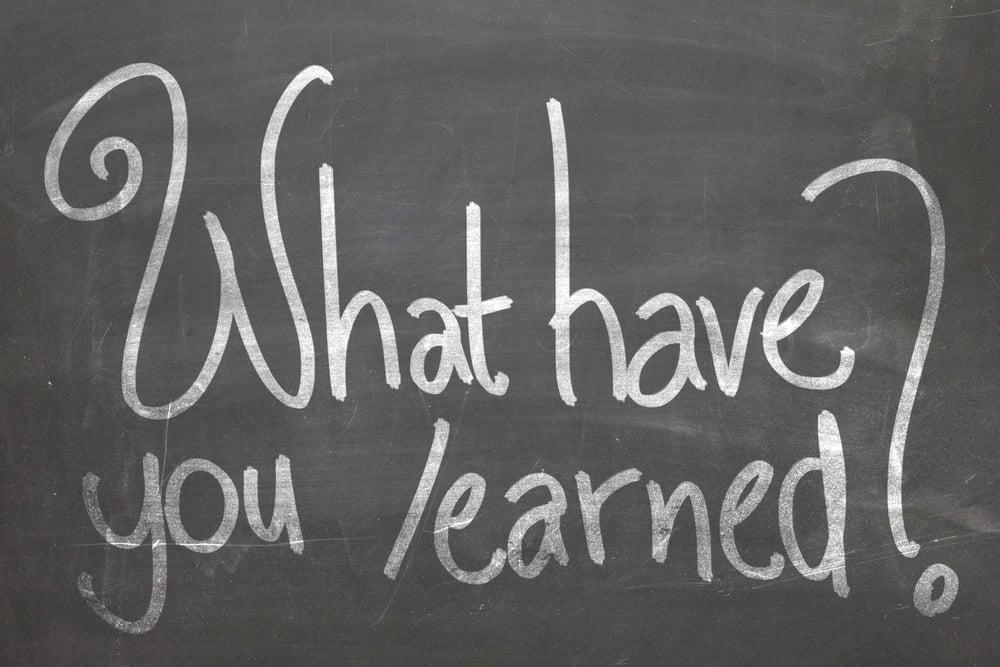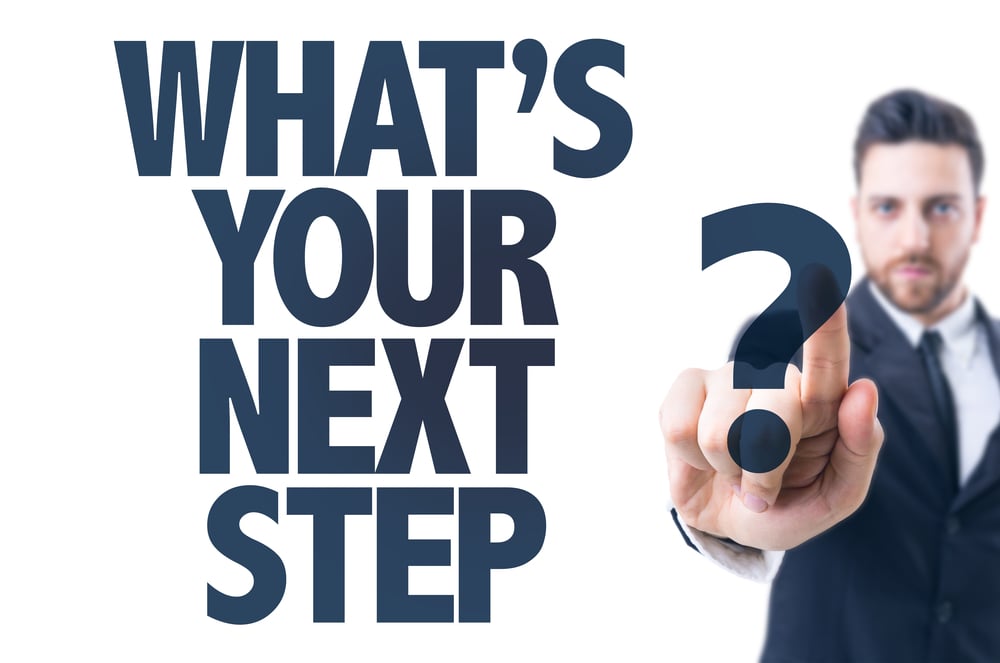The job of a salesperson has become harder with the advent of the Internet Age, especially for those unwilling to change.
Any company with an online presence will make it very easy for prospective customers to figure out what the company can offer them, without the need of a demo by a dedicated salesperson.
In addition to that, the number of options interested to a prospect making their research is incredibly vast, and in many fields there will be a technological or research-caused ceiling which will reduce the gap between what different companies can offer.
This makes it harder than ever to show the value of your company, but one tool that will always be at your disposal will be the value of your company’s employees and your ability to showcase that can prove to be the key to success in your sales training.
Reps who don’t listen to their conversation partners miss the opportunity to build rapport, uncover buyer needs, and let the prospect know you understand their world.
Too often, salespeople are waiting for their turn to talk or thinking about what to say next, instead of truly listening to the prospect. In order to counteract this, Active Listening will be your best tool to learn and develop.

Active Listening is a four-step process:
- Truly listen to the prospect.
- Feed back the content and feeling of the prospect’s words.
- Confirm you heard the prospect correctly.
- Ask a relevant follow up question to further clarify your understanding of their situation.
Active Listening isn’t only applicable to sales, nor is it a new thing. Dr. Carl Rogers, one of the founding fathers of psychotherapy research, originated the concept of “reflective listening” in the 1940s. In the following years, Richard Farson, a student of his, renamed it “Active Listening.”
Another student of Rogers, Dr. Thomas Gordon, a three-time Nobel Peace Prize Nominee, is largely responsible for popularizing the strategy. Gordon’s company, Gordon Training International, has taught thousands of people to build more effective relationships through Active Listening, among other skills.
1. Truly listen to the prospect
Sales reps are too often busy talking instead of listening, taking up the majority of word-space in a conversation.
When they are listening, they are focusing on trying to catch keywords to latch on, in order to evaluate the level of quality of their prospect, however these actions are often very noticeable and will give the rep an air of insincerity.
The best salespeople listen to their prospects differently, the script is a distant world away and they are immersed in their prospect’s language, tone of voice, facial expressions, and body language.
By observing auditory, visual, and physical clues as well as the prospect’s words, a salesperson can truly begin to understand the plight of their prospect and put themselves in the buyer’s shoes.
This is what will truly encourage prospects to open up, fostering trust and commitment.
2. Feed back what you just heard back to the prospect
After a prospect makes a statement that reveals something important about their challenges or what they’re looking for, try and metabolise it and make it part of the conversation, to see if you fully understood the nature of their statement.

You can choose to repeat the keywords you heard verbatim, which is the easy way out and can be caught by a more emotively connected prospect, or you may choose to paraphrase what you heard or even restate their terms in your own words. Utilize terms that may better apply to your field of action in order to truly show your commitment to understanding, but make sure that you can be understood clearly.
When rephrasing your prospect’s key statements, make sure to keep an attention to the details, as something that may not sound important to you may be valuable to the client.
Convincing your prospect that they’ve been heard and understood is the most important outcome of this step in the process. But, we want to be fully sure of what we heard.
3. Confirm that you’ve heard them correctly
There is no opportunity cost to double-check that everything has been properly understood. Conversation is a two-way street and the saying “measure twice, cut once” applies here as well.
If your prospect is letting you know that you missed something, make sure to gather all the necessary information in order to fully be on the same page.
Now, I don’t recommend saying “Does that make sense?” or “Could you explain that better?” or any other question that puts the blame on the prospect for not communicating effectively, as we don’t want to turn the conversation roles into an authoritative and a submissive position. We are developing reciprocal trust and we want to be on the same level of importance with our interlocutor.
Once you get good at this part of the process, you’ll be able to create a confirmation bias in your prospect’s mind. “Great minds think alike” is the thought you want to convey, and in turn you’ll be on the same side as your prospect.

4. Ask a relevant follow up question
After you feedback what you’ve heard and confirm that you understand the prospect, your next step is to ask a relevant follow up question.
Open-ended questions is what we’re aiming for, as we want the conversation to keep going. There is always room to learn more details, and getting the prospect to share more about their goals, challenges and plans is what will further our sales development relationship with them.
Practising Active Listening
While Active Listening is a relatively simple skill to understand, it is difficult to master. The good news is that as with any skill, excellence comes with practice.
The nice thing about Active Listening is that you’ll know it when you’ve learned to do it effectively. Your prospects will tell you if you’re on the right track.
With that, I believe that this step will truly make a difference in your sales training, while building trust with your client base.




